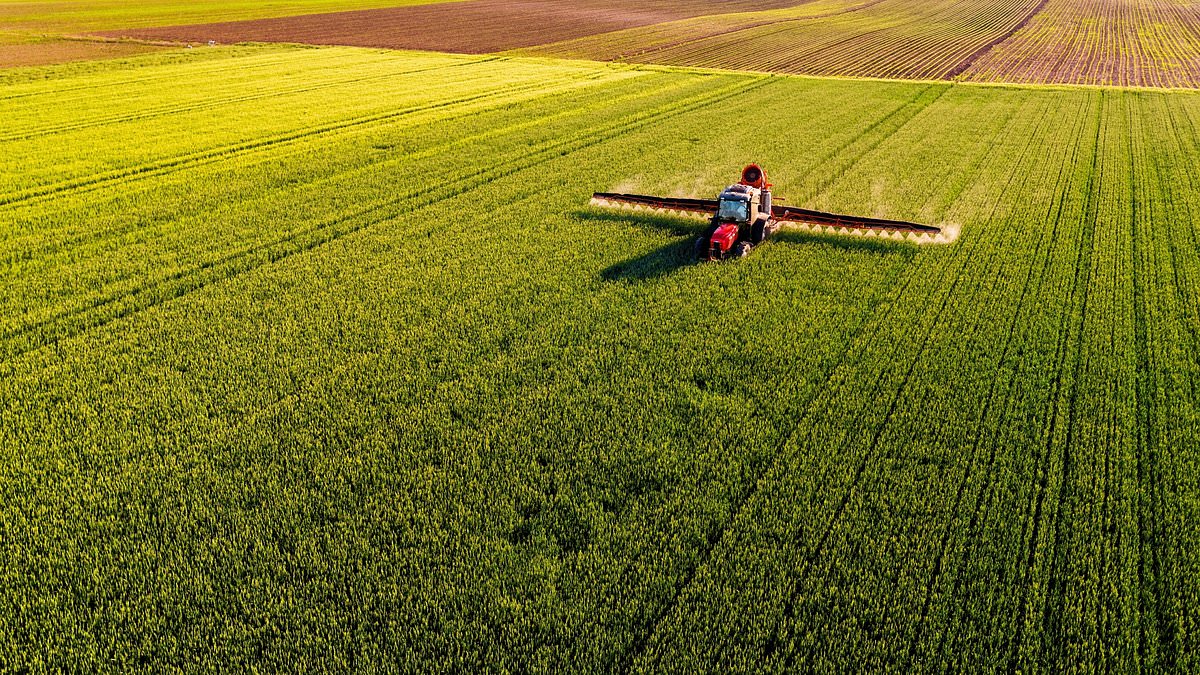Food production could fall by 25 per cent in England under the most ambitious plans to reduce carbon emissions, a Government study has concluded.
Experts at conservation body Natural England who looked at nine scenarios to change land use found that it was not possible to deliver a strong reduction in greenhouse gas emissions without reducing the food supply.
Their report said: ‘At the UK scale, there is a strong trade-off between emissions reduction and food production.’
It added: ‘Under the most ambitious climate change mitigation scenario, food production is expected to decline by up to 25 per cent.
‘A decline in food production is unavoidable under these mitigation scenarios.’
According to the report, losses in food supply could be offset with changes such as reducing food waste and eating less meat.
Meanwhile, lowering meat consumption would reduce the need for using farmland to grow animal feed crop; plants for human consumption could be grown instead.
Natural England also said it would be ‘difficult’ for farming to hit the net zero goal by 2050.
But by planting woodland, restoring peatland and reducing methane produced by cows – perhaps by putting additives in cattle feed – emissions could be cut by 88 per cent by 2050.
Farming accounts for around 10 per cent of all UK greenhouse gas emissions.
The main emissions come from methane produced by cattle and sheep and nitrous oxide from manures and use of fertiliser.
Last night the Department for Environment, Food and Rural Affairs said: ‘The transition to more sustainable practices will not come at the expense of food production or farm profitability.’
A separate research project by Natural England found that the greener farming subsidy schemes being phased in across England were good news for some wildlife.
For butterflies, moths and two species of bat – barbastelle and daubenton – there was strong evidence of a link between higher numbers of the species in areas where more nature-friendly practices were in use.
There was a weaker link for birds, but none for bees and hoverflies.
